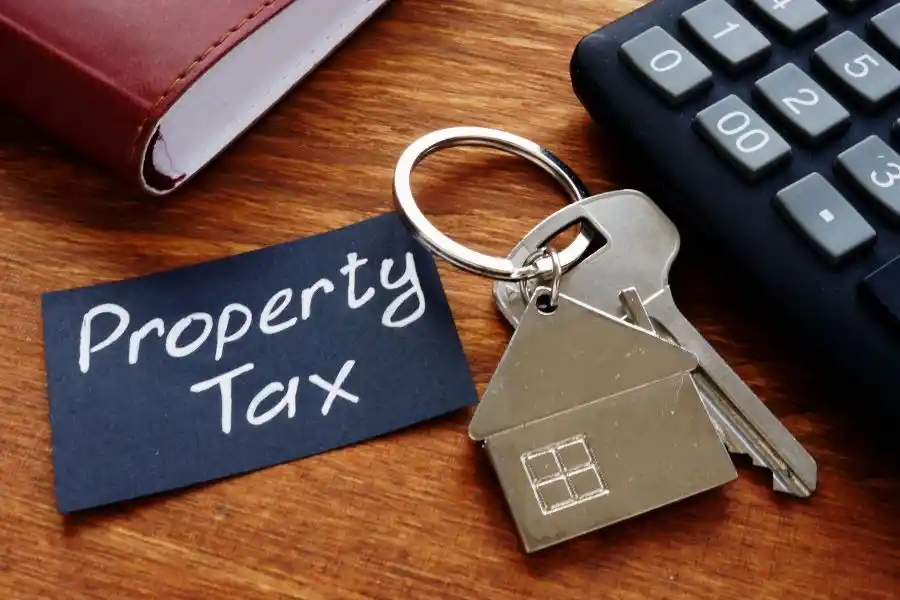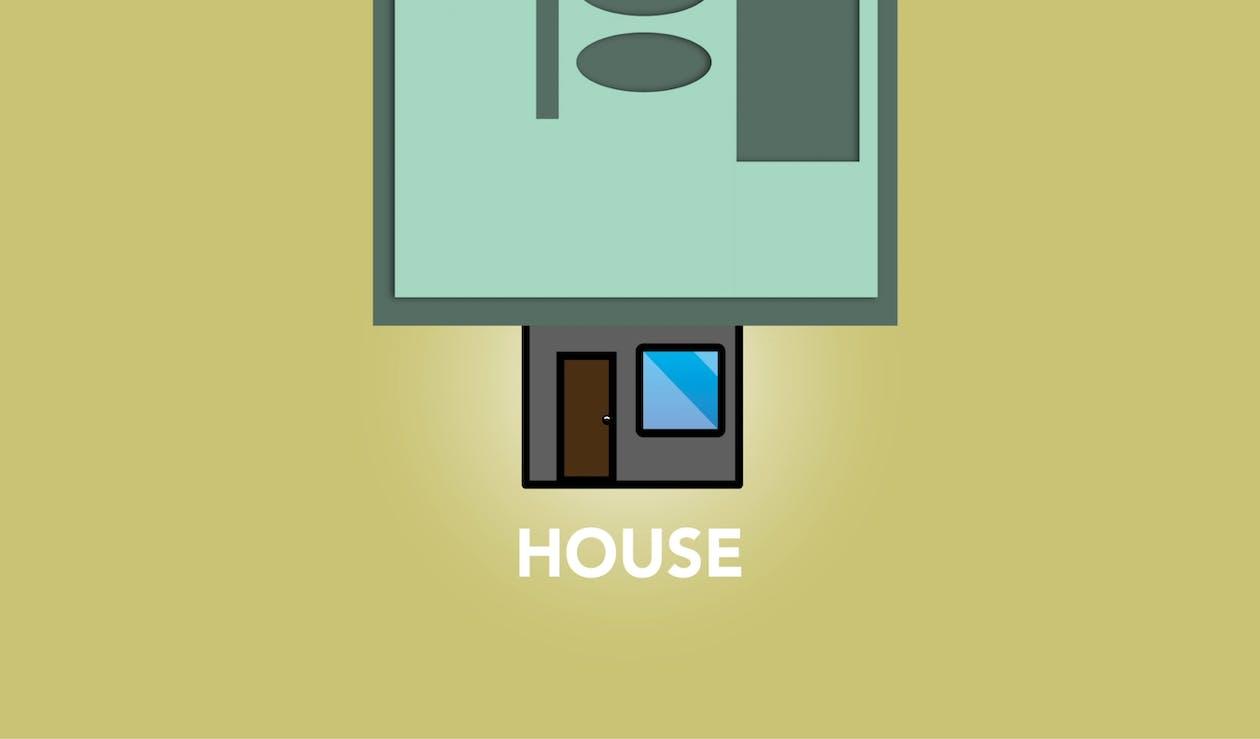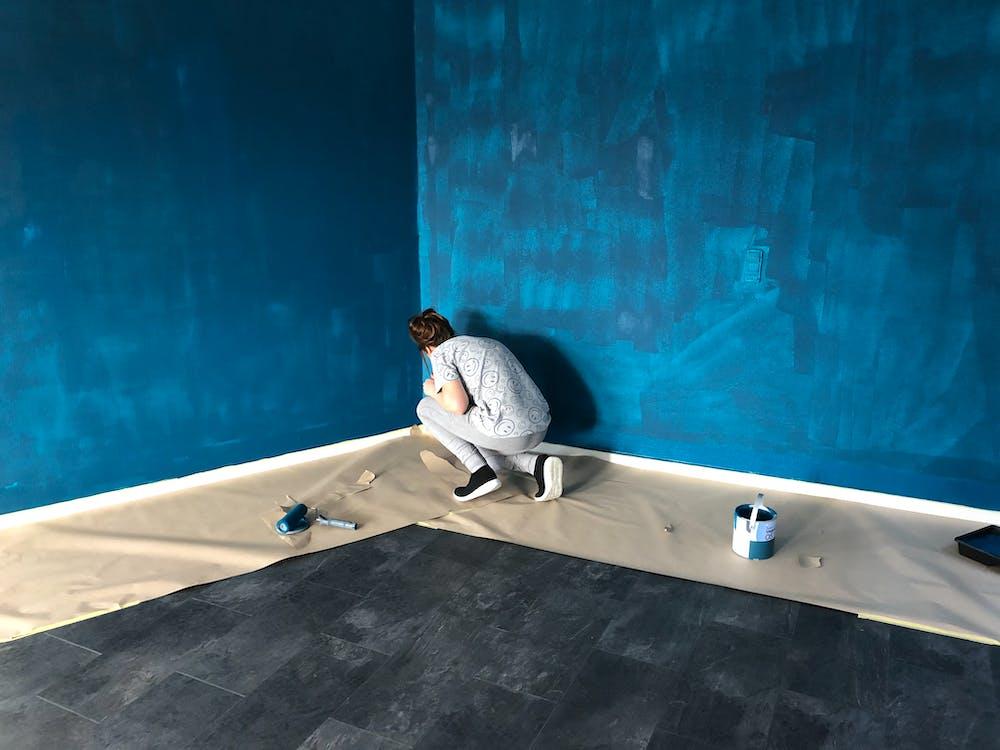What Are Air Rights?
Calculating How Much You Can Build On A Lot
Maximum Buildable Area = Floor Area Ratio (FAR) x Lot Area
- Zoning district (decided by the city)
- Building use
- Building type
What Can You Do With Your Air Rights?
What Do Property Buyers Need To Know About Air Rights?
How Different Entities Benefit From The Transfer Of Air Rights
- The seller who has air rights to sell to a neighboring lot(s)
- The buyer who wants to buy air rights to build more than the maximum buildable area allowed for their own lot
- The city/local government that ensures air right transfers are made as per law, and the transfer is officially recorded
1. The buyer gets more buildable area, in addition to their own maximum buildable area. Let’s say two adjacent lots (lot A and lot B) have a maximum buildable area of 50,000 Sq. Ft. Builder of lot A used all of their buildable area while lot B builder only used 30,000 Sq. Ft. If lot A builder/owner buys air rights for the remaining 20,000 from the owner of lot B, they can expand upwards and create a 70,000 sq. Ft. building, which is 20,000 more than what they were originally allowed to build.
2. The city benefits because it can control the overall population density. The city decides what “FAR” is for any lot, and by changing it, the city can control the maximum buildable area of each lot and control how many property units can be created on a given piece of land. This also discourages builders from buying and demolishing buildings to create new ones. They can expand their existing buildings by buying air rights from their neighboring buildings.
3. The seller benefits because even if they can’t use all the buildable area they have (according to calculations), they can still profit from it by selling their air rights. For example, if a builder can have eight floors of offices that they can rent out (based on their maximum buildable area) and they only build six, they will collect less rent. They can make up for the difference (in a different way) by selling the air rights to another builder and taking the money.
Then, there are the complex zoning rules that buyers and sellers have to obey before transferring air rights. So whether you are entering this market as a buyer or a seller, it is a good idea to hire the services of professionals who understand the air rights market and its rules and are experienced in air rights transfers.












